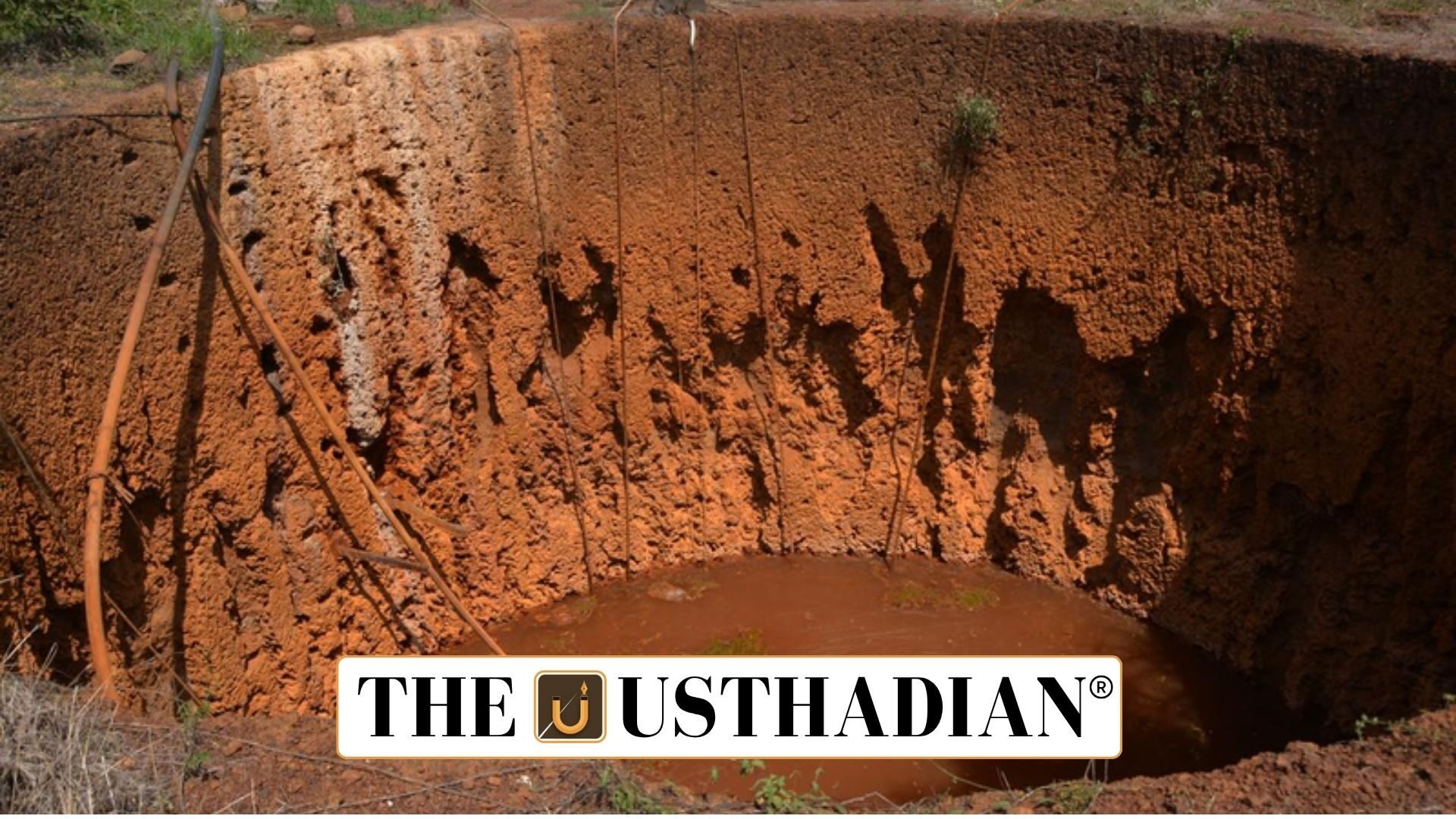Groundwater dependency in India
India’s Groundwater Pollution Crisis: Over 85% of rural drinking water and 65% of irrigation water in India come from groundwater. Despite large rivers and monsoons, underground reserves remain the backbone of domestic and agricultural supply. This makes water quality a critical determinant for public health and food security.
Static GK fact: India is the largest user of groundwater in the world, extracting more than China and the USA combined.
Extent and nature of contamination
The 2024 CGWB report highlights widespread contamination. Nitrates appear in over 20% of samples, largely due to chemical fertilisers and poor sanitation. Fluoride pollution affects over 9% of samples in states like Rajasthan and Andhra Pradesh, causing dental and skeletal fluorosis.
Arsenic contamination in Punjab, Bihar, and Uttar Pradesh exceeds WHO limits, raising cancer risks. Uranium and iron pose kidney and developmental threats, while heavy metals from industries cause neurological disorders.
Static GK fact: WHO’s permissible limit for arsenic in drinking water is 0.01 mg/L.
Health impacts of polluted groundwater
Excess fluoride leads to skeletal deformities and growth issues. Arsenic triggers skin lesions, cancers, and respiratory diseases. Nitrate poisoning causes blue baby syndrome and increased hospital cases of toxicity. Uranium exposure damages kidneys, while heavy metals cause anaemia and immune disorders. Sewage seepage spreads cholera, hepatitis, and other waterborne diseases.
Static GK tip: Blue baby syndrome is medically known as methemoglobinemia.
Case studies of groundwater pollution
In Budhpur, Uttar Pradesh, industrial discharge led to 13 kidney-failure deaths. Jalaun witnessed petroleum-like fluids in handpumps. Paikarapur in Odisha saw mass illness from sewage seepage. Ballia, Uttar Pradesh, recorded arsenic levels 20 times above safe limits, correlating with thousands of cancer cases. These reveal deep flaws in pollution monitoring and control mechanisms.
Weakness in regulation and governance
The Water (Prevention and Control of Pollution) Act, 1974, does not specifically address groundwater. The CGWB lacks enforcement powers, while State Pollution Control Boards remain underfunded. Poor coordination between CGWB, CPCB, SPCBs, and the Ministry of Jal Shakti delays action. Monitoring is rare, and data is seldom accessible to the public.
Static GK fact: The Central Pollution Control Board (CPCB) was established in 1974 under the same Act.
Strategies for control and reform
A National Groundwater Pollution Control Framework must empower CGWB and clarify roles. Real-time sensors and remote sensing can enhance monitoring. Public health systems should integrate water quality alerts. Community-based arsenic and fluoride removal plants should expand. Industries must follow Zero Liquid Discharge norms, and farming practices should reduce chemical dependency through organic farming. Local governance and citizen participation can make groundwater management more sustainable.
Static Usthadian Current Affairs Table
India’s Groundwater Pollution Crisis:
| Fact | Detail |
| Share of rural drinking water from groundwater | Over 85% |
| Share of irrigation water from groundwater | About 65% |
| Main contaminants identified in 2024 CGWB report | Nitrates, fluoride, arsenic, uranium, heavy metals |
| State with high fluoride contamination | Rajasthan |
| State with high arsenic contamination | Bihar |
| WHO permissible limit for arsenic in water | 0.01 mg/L |
| Disease caused by high nitrate levels | Blue baby syndrome |
| Year Water Prevention and Control of Pollution Act passed | 1974 |
| Organisation monitoring groundwater quality | CGWB |
| Pollution control enforcement authority | CPCB and SPCBs |








